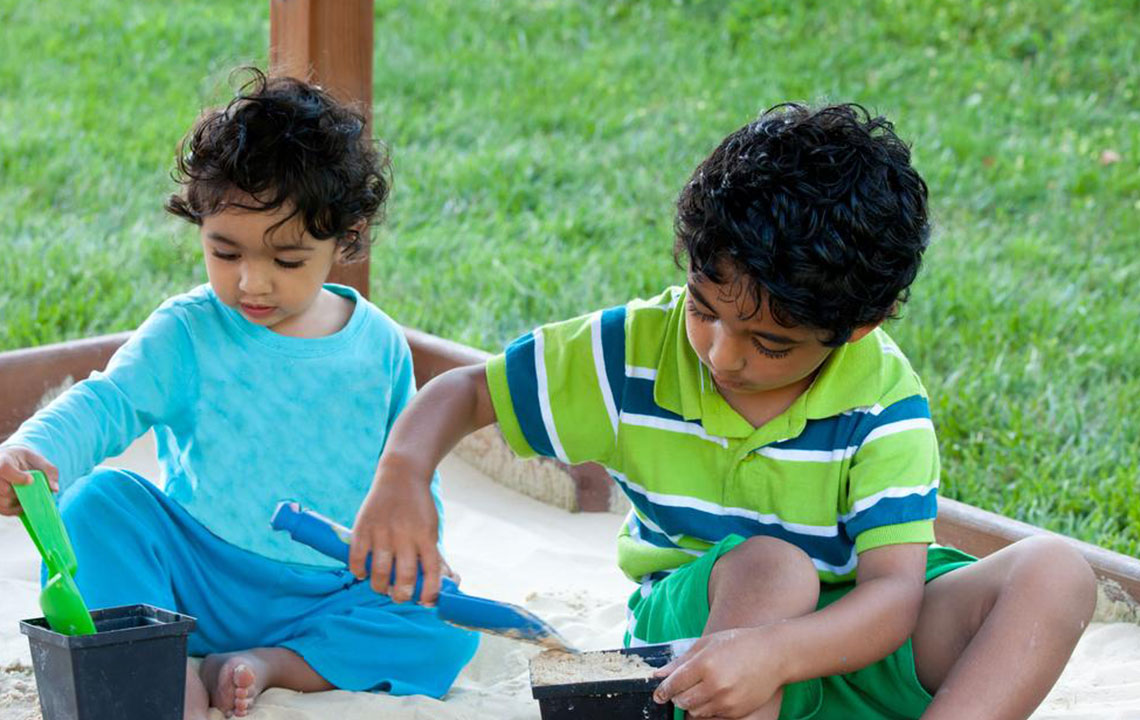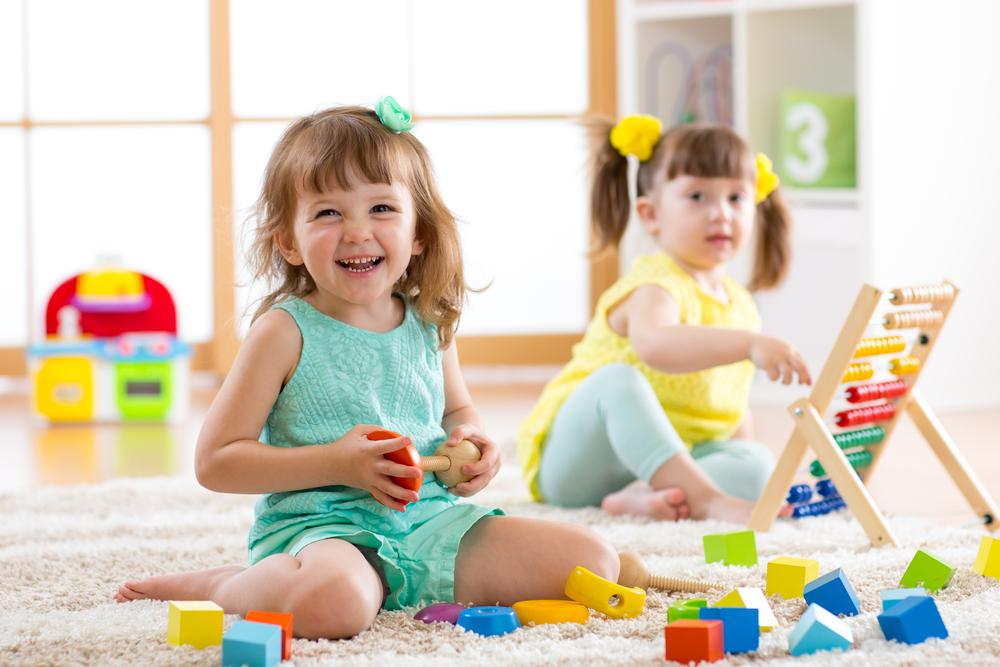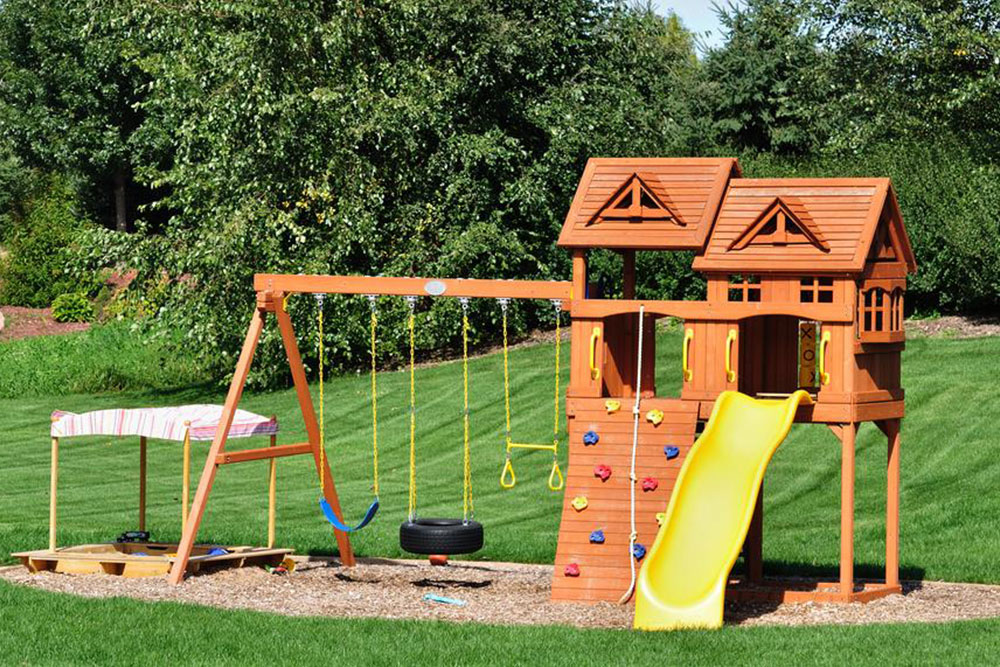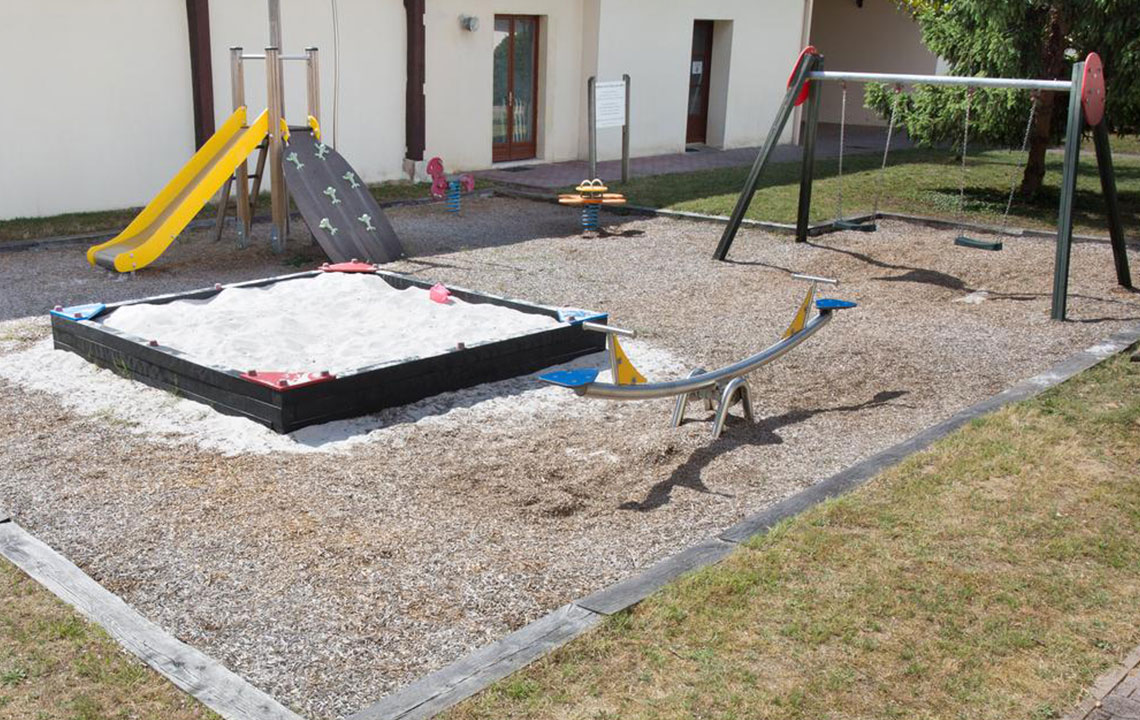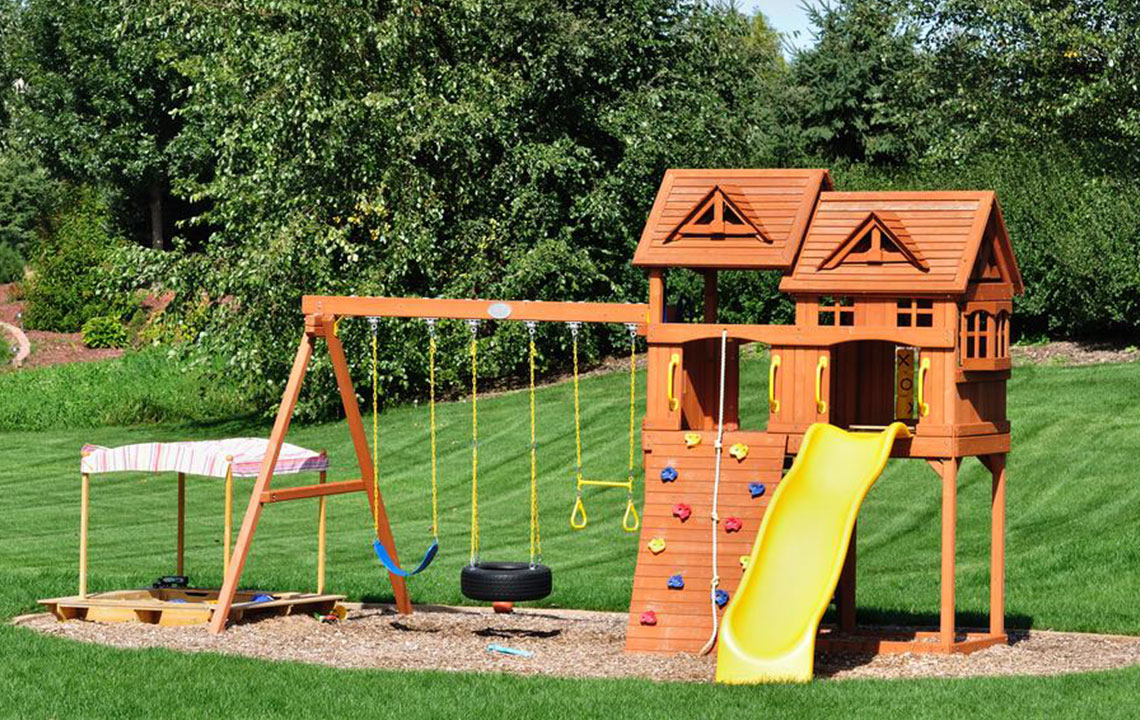Comprehensive Guide to Safely Installing Outdoor Play Equipment for Children
This comprehensive guide offers essential safety tips for installing outdoor play equipment for children. It emphasizes safe location selection, impact-absorbing surfacing, quality equipment, routine inspections, and active supervision. Enhancing backyard safety ensures kids enjoy outdoor play while minimizing risks, fostering healthy development and peace of mind for parents. Proper planning and maintenance make backyard play areas both fun and secure, providing a delightful environment for children to grow and explore safely.
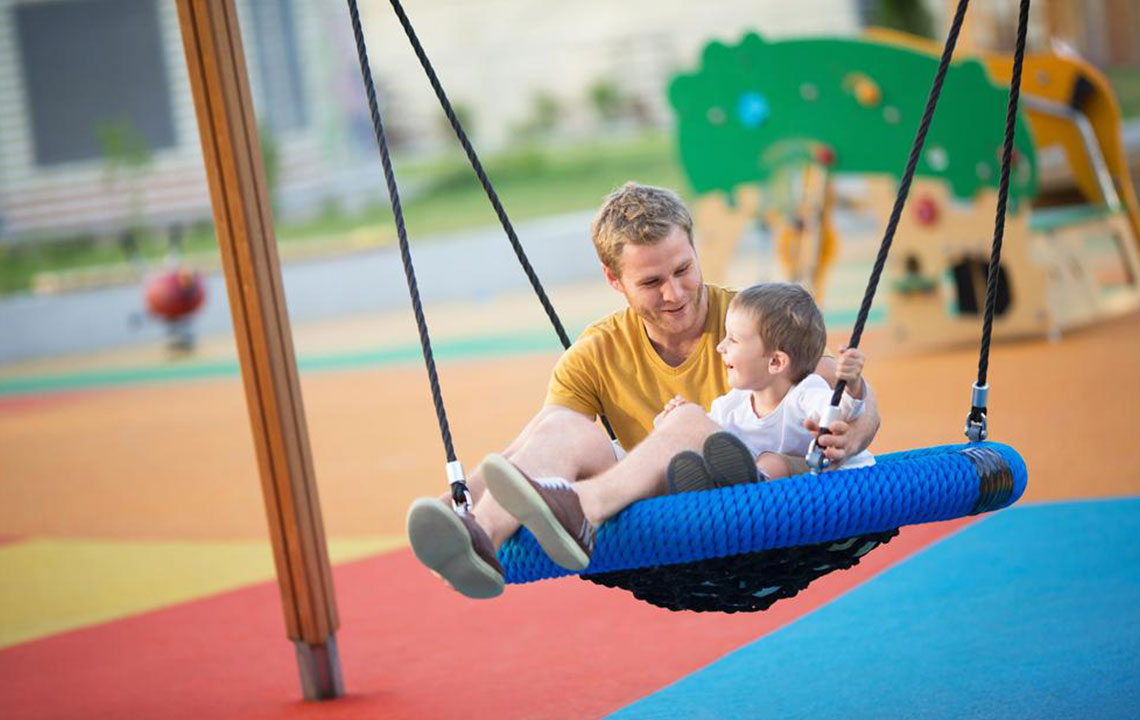
Comprehensive Guide to Safely Installing Outdoor Play Equipment for Children
If you are a parent or caregiver with a spacious backyard, introducing outdoor play structures can significantly enhance your children’s outdoor experience. Not only does such equipment promote physical activity and outdoor play, but it also creates a fun and engaging environment for kids to explore, learn, and develop essential motor skills. However, safety during installation and throughout usage is paramount to prevent potential injuries and ensure that children can enjoy their playtime worry-free.
Installing outdoor play equipment involves careful planning, selection, and maintenance. By following essential safety guidelines, you can transform your backyard into a safe haven for children while maintaining peace of mind. This article explores the top safety tips for installing outdoor play structures, emphasizing the importance of location, surface material, quality, regular inspection, and supervision.
1. Selecting the Right Location: The Foundation of Safety
The first step in creating a safe outdoor play environment is choosing an appropriate location for the equipment. The area should be spacious enough to accommodate the structure and allow children to play freely without risks of hitting nearby objects or boundaries. It’s important to select an open space away from obstacles such as fences, trees, or utility poles.
Before installation, thoroughly inspect the ground. Clear away rocks, sticks, glass, or any debris that could cause injuries. An uneven or sloped surface can also be hazardous; therefore, leveling the ground is essential. A flat, grassy, or earth-covered surface provides a safer landing zone in case children fall, dramatically reducing injury risks.
2. Prioritizing Surface Safety and Cushioning
The type of ground covering under and around the play equipment directly impacts safety. Hard surfaces such as concrete, asphalt, or tile can lead to severe injuries if a child trips or falls, making them unsuitable for active play areas. Instead, opt for soft, impact-absorbing materials like rubber tiles, poured-in-place rubber, sandbox sand, or natural grass.
The ideal surfacing material should be thick and resilient enough to cushion falls from the highest points of the equipment. Regularly maintain and inspect the surface to ensure it remains intact and effective. Avoid areas where surface materials can compact or drain poorly, which may cause puddles or uneven patches, increasing the risk of slips and falls.
3. Investing in High-Quality, Durable Equipment
The safety of play equipment largely depends on the quality and craftsmanship of the structures installed. Choose products made from weather-resistant, non-toxic materials that can withstand various weather conditions without degrading or becoming hazardous. Well-constructed equipment with sturdy joints and secure fastenings reduces risks of breakage or collapse.
Read reviews and select reputable brands that adhere to safety standards and certifications. Avoid cheap, poorly manufactured units that may have sharp edges, splinters, or weak joints. Regular maintenance and timely replacement of worn or damaged parts are essential to prolong safety and usability.
4. Implementing Routine Inspection and Maintenance
Safety isn’t a one-time concern but an ongoing process. Regularly inspect all parts of the play structure, including joints, bolts, screws, and swings. Tighten loose fasteners and replace rusted or corroded components immediately. Check for cracks, splinters, or broken parts that could hurt children.
Additionally, monitor the ground surface’s condition, ensuring there are no hazards like sunken patches or debris. Schedule periodic professional inspections if necessary, especially for larger or more complex installations. Consistent upkeep ensures equipment longevity and minimizes accident risks.
5. Ensuring Active Supervision During Playtime
While safety measures and equipment quality are crucial, active supervision remains the most effective way to prevent accidents. Always keep a watchful eye on children when they are playing outside. Active supervision helps in quick intervention if hazardous behavior occurs or if a child is at risk of injury.
Encourage children to play safely, avoid dangerous climbs, or risky behaviors. Establish safety rules and communicate them clearly. Remember, children, especially younger ones, require guidance and support during their outdoor activities.
Conclusion: Creating a Safe Outdoor Playground
Transforming your backyard into a safe outdoor play area involves meticulous planning, quality investments, and consistent upkeep. Choosing the right location, caring for the surface material, selecting high-quality equipment, performing regular inspections, and supervising children actively are foundational to safety. These steps allow children to enjoy the benefits of outdoor play while minimizing potential hazards, promoting healthy development, and providing peace of mind for parents and caregivers.
By adhering to these safety tips, you can create an engaging, secure, and durable outdoor play environment that encourages children to explore and have fun safely for years to come.
